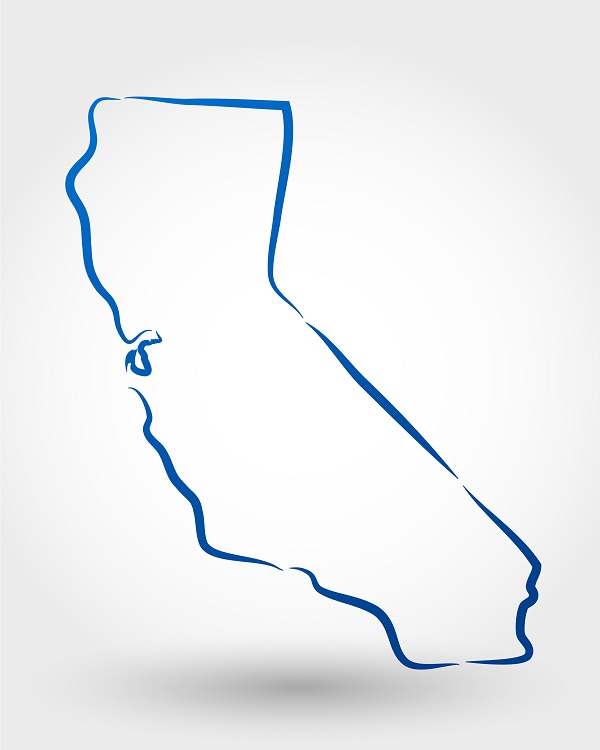
The California cap and trade program, which allows emission-generating industries to meet environmental goals by acting voluntarily to reduce pollutants, has encountered significant hurdles and uncertainties in the past year. Questions from the courts about revenue spending for the program and the ability to extend the program, in addition to concerns about the reduction in the number of permits sold at auction, have some people questioning whether the cap and trade program is a viable long term plan for emissions reduction in California.
The program allows the chief producers of carbon dioxide and greenhouse gases in the state to meet their statewide targets for emissions output by buying permits through the cap and trade system. The permits, which each allow 1 metric ton of emissions to be released, can be acquired through auctions or traded in the marketplace. The funds generated by the auction are applied to programs designed to fight climate change, such as supporting clean car usage and developing the bullet train. In 2015-2016, these proceeds were expected to reach approximately $2.4 billion.
There are several possible reasons for a decline in the number of permits purchased this past year. Investor confidence has been shaken due to the legal questions surrounding the continuation of the cap and trade program. The legal dilemma facing cap and trade stems from the revenue generating aspect of the program. The California Chamber of Commerce has argued that cap and trade is unconstitutional since it is designed to raise money like a tax yet was not approved by the majority vote necessary to pass new taxes.
Another concern that has emerged in the past year’s auctions, which threatens revenue growth through 2017, is that supply has surpassed demand. Corporations claim that they are in possession of more permits than are necessary to cover emissions levels currently in the state. Experts estimate that there are 120 million surplus permits as of June, 2017.
Proponents of the cap and trade program, including the California Air Resource Board, remain confident that the program isn’t suffering from a long term supply and demand problem. Some speculate that not as many permits are necessary because industries are cutting their emissions to a significant degree. In any case, it is uncertain whether a new law will be passed to extend cap and trade beyond 2020.
Contact Shane Coons at 949-333-0900 or visit his website at www.ShaneCoonsLaw.com to find out more about his practice.
